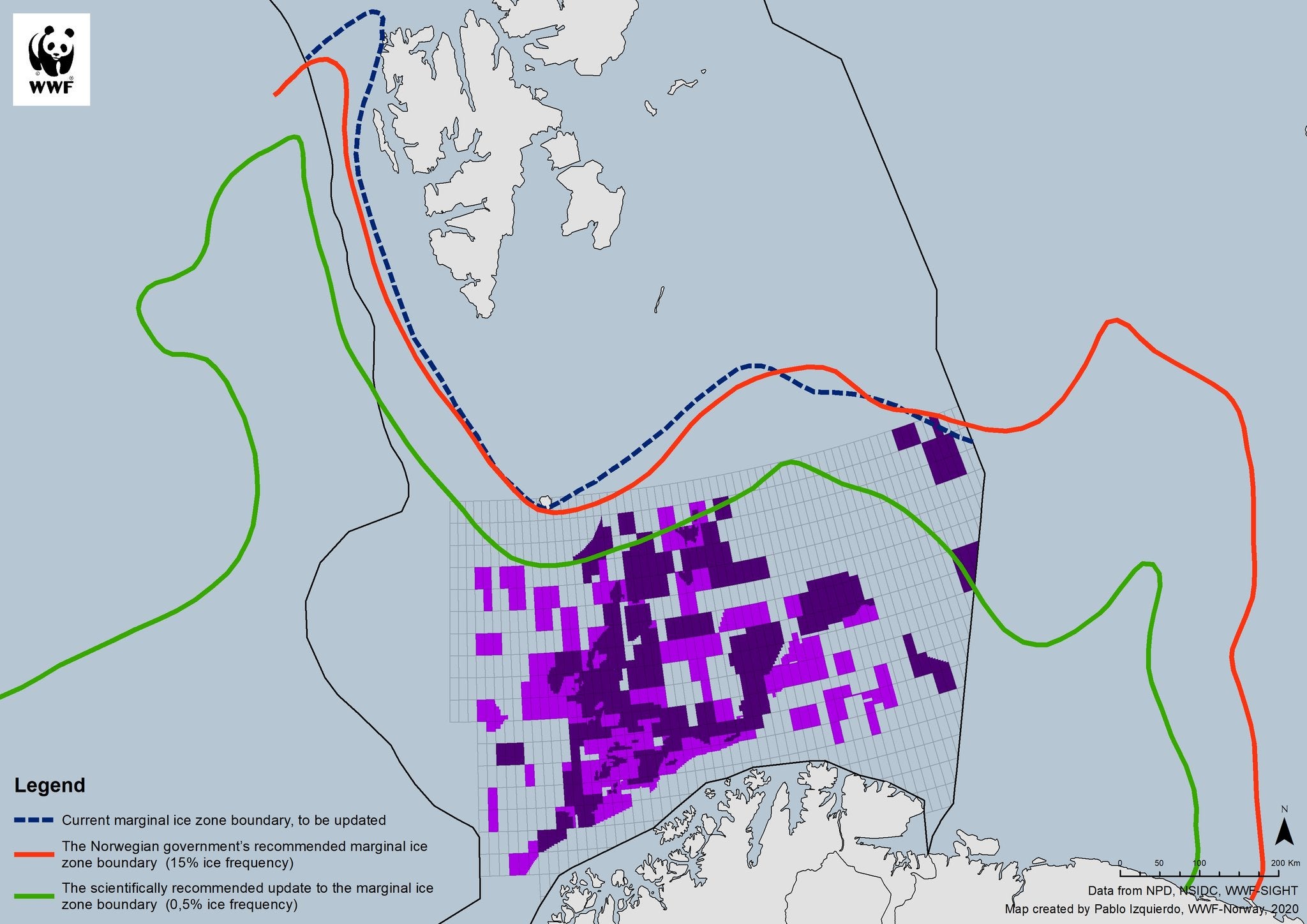Climate crisis: Norway accused of ‘acting like Trump’ over refusal to set protected Arctic zone in areas where oil firms want to drill
Government ignores advice of its own scientists in move condemned by environmental groups

Your support helps us to tell the story
From reproductive rights to climate change to Big Tech, The Independent is on the ground when the story is developing. Whether it's investigating the financials of Elon Musk's pro-Trump PAC or producing our latest documentary, 'The A Word', which shines a light on the American women fighting for reproductive rights, we know how important it is to parse out the facts from the messaging.
At such a critical moment in US history, we need reporters on the ground. Your donation allows us to keep sending journalists to speak to both sides of the story.
The Independent is trusted by Americans across the entire political spectrum. And unlike many other quality news outlets, we choose not to lock Americans out of our reporting and analysis with paywalls. We believe quality journalism should be available to everyone, paid for by those who can afford it.
Your support makes all the difference.Norway has come under fire from environmental groups who accuse it of caving to oil companies over a decision to shift an Arctic no-go zone.
The Norwegian government on Friday proposed a minor extension of the so-called ice edge boundary, which marks the edge of the Arctic beyond which firms are barred from drilling for oil.
But the planned boundary re-drawing excludes any areas for which licenses have already been granted — going against the advice issued by the government’s own scientists, who urged a far larger extension southwards.
Research has shown sea ice has a more widespread impact on Arctic life than previously thought. When spring comes, the area covered by drifting ice becomes abundant with life, with algae bloom supporting zooplankton growth, which in turn attracts fish, birds and sea mammals.
Greenpeace said the government had set a “completely arbitrary and unscientific border” in order to put the interests of the oil industry ahead of the science.

“The Norwegian government is acting like Donald Trump; ignoring scientific advice. The government is letting the Arctic and the climate down. Now the parliament must take responsibility,” Frode Pleym, the head of Greenpeace in Norway, told The Independent.
Noting banks like JP Morgan Chase and Goldman Sachs have already abandoned financing for new Arctic oil drilling, Mr Pleym said it was “high time” Norway transitioned away from fossil fuels in order to protect the climate and ultimately jobs.
“Oil is rapidly becoming a part of the past and Norway’s oil exposed economy is suffering,” he said.
“It is unacceptable to put the short-term interest of big oil before science, nature and people. Norway’s green credentials are at stake if this decision stands.”
Anthony Field, Arctic expert at WWF, accused the Norwegian government of choosing "oil drilling over nature".
"Oil companies are seeking to profit from the exploitation of the region’s oil reserves. But not only would general operations have a negative impact, an accident at the edge of the sea ice would be disastrous for this vitally important ecosystem because of the sensitivity of key species to oil," he said.
"We want all oil companies – including British ones – to stop their exploration in this sensitive ecological region.”
However the Norwegian Oil and Gas Association, an industry lobby group, welcomed the proposal ahead of a new oil exploration licensing round that the government plans to hold after the ice edge plan is approved by parliament.
Despite escalating climate breakdown, which is seeing record temperature increases across the globe, oil and energy minister Tina Bru told a news conference on Friday the proposal was a “good compromise”.
The centre-right minority government is expected to gain cross-party support for the proposal, which has been under consideration for months, with the right-wing Progress Party having expressed fears oil companies could be robbed of existing exploration acreage.
“This is a better starting point for negotiations on a compromise,” Progress Party MP Jon Georg Dale told broadcaster NRK on Friday.
But the Norwegian Polar Institute and the Norwegian Marine Research Institute had urged a far bigger enlargement of the protected zone.
The new line is drawn where sea ice appeared 15% of the time in April, its maximum winter extent, from 1988 to 2017. Scientists at the research institutes had proposed drawing the line where ice appeared 0.5% of the time in April.
The previous line was based on 30% probability and the years between 1967 and 1989.
Norway’s move to continue oil companies’ access to rich Barents Sea waters comes amid urgent warnings by scientists that the world is running out of time to address climate change.
A 2018 United Nations report found the planet was on track to reach 1.5C between 2030 and 2052 if temperatures continues to increase at the current rate, and 3C by the end of the century.
Once we hit 2C warming, the world will be a profoundly different place. There will be almost no coral reef remaining, the Arctic will be completely devoid of ice during summer at least once a decade, and huge numbers of animals and plants will become extinct as their habitat becomes smaller and smaller.
Additional reporting by Reuters
Join our commenting forum
Join thought-provoking conversations, follow other Independent readers and see their replies
39Comments